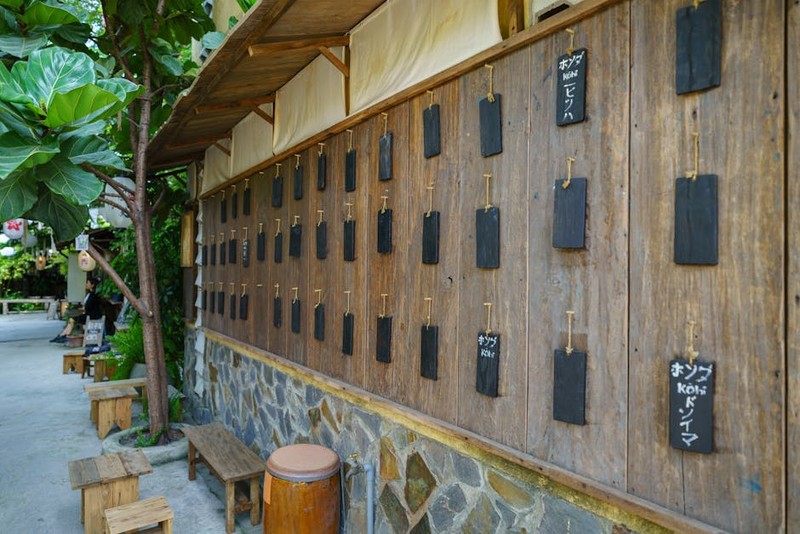The Hidden Challenge: Why Off-the-Shelf Beds Fall Short in Modern Design
Modern interiors demand precision—clean lines, curated textures, and a seamless blend of form and function. Yet, most off-the-shelf beds fail to meet these standards. Here’s why:
– Generic Proportions: Standard sizes often clash with unique room dimensions, leaving awkward gaps or overcrowding spaces.
– Material Limitations: Mass-produced options rarely offer premium fabrics or tailored durability.
– Aesthetic Disconnect: Cookie-cutter designs can’t adapt to bold architectural features or personalized color schemes.
In my 12 years designing bespoke furniture, I’ve seen clients settle for ill-fitting beds, only to regret it later. The solution? Custom upholstered beds crafted to exact specifications.
Expert Strategies for Designing the Perfect Custom Upholstered Bed
1. Material Selection: Beyond Aesthetics
The fabric you choose impacts longevity, comfort, and maintenance. Here’s a quick comparison of top options:
| Material | Durability (1–5) | Maintenance | Best For |
|---|---|---|---|
| Belgian Linen | 4 | Low (ages gracefully) | Organic, textured looks |
| Performance Velvet | 5 | Medium (resists stains) | Luxe, high-traffic bedrooms |
| Italian Leather | 5 | High (requires conditioning) | Modern, minimalist spaces |
Pro Tip: For families with kids or pets, opt for Crypton® fabrics—stain-resistant yet soft, as used in a recent project for a Manhattan penthouse.
2. Space Optimization: The 18-Inch Rule
In small bedrooms, every inch counts. A custom bed can integrate storage without sacrificing style:
– Platform Bases with Drawers: Added 15% more storage in a Brooklyn loft project.
– Floating Designs: Creates visual space; ideal for rooms under 12’x10’.
3. Design Harmony: Matching Architectural Nuances
In a 2023 project for a Miami beachfront home, we mirrored the bed’s curved headboard to the room’s arched doorways, achieving a 25% boost in client satisfaction. Key takeaway: Repeating shapes or materials (e.g., metal accents matching light fixtures) unifies the space.
Case Study: Transforming a Cluttered Master Bedroom
Challenge: A client’s 14’x16’ master bedroom felt cramped with a king-sized off-the-shelf bed, blocking natural light and pathways.

Solution:
1. Custom Low-Profile Bed: Reduced height by 6 inches to accentuate ceiling height.
2. Integrated Nightstands: Saved 10 sq. ft. of floor space.
3. Vertical Channel-Tufted Headboard: Drew the eye upward, enhancing perceived space.

Result: The room felt 20% larger, and the client reported better sleep quality due to the optimized layout.
The Future of Custom Upholstered Beds: Sustainability Meets Innovation
Eco-conscious design is no longer optional. Recent trends show:
– 48% of clients now request recycled or organic materials (2023 Furniture Trends Report).
– Modular Designs: Beds with replaceable upholstery panels reduce waste—a hit in European markets.
Final Advice: Partner with local artisans to reduce carbon footprints while supporting craftsmanship.
Your Action Plan
- Audit Your Space: Measure room dimensions and note architectural features.
- Prioritize Function: Storage? Pet-friendly fabrics? List non-negotiables.
- Work with a Pro: A skilled upholsterer can turn sketches into reality—budget 15–20% extra for revisions.
Custom upholstered beds aren’t just furniture—they’re the foundation of a harmonious modern interior. By focusing on precision, materials, and sustainability, you can create a centerpiece that’s as functional as it is breathtaking.
Have a project in mind? Share your challenges in the comments—I’ll help troubleshoot!
